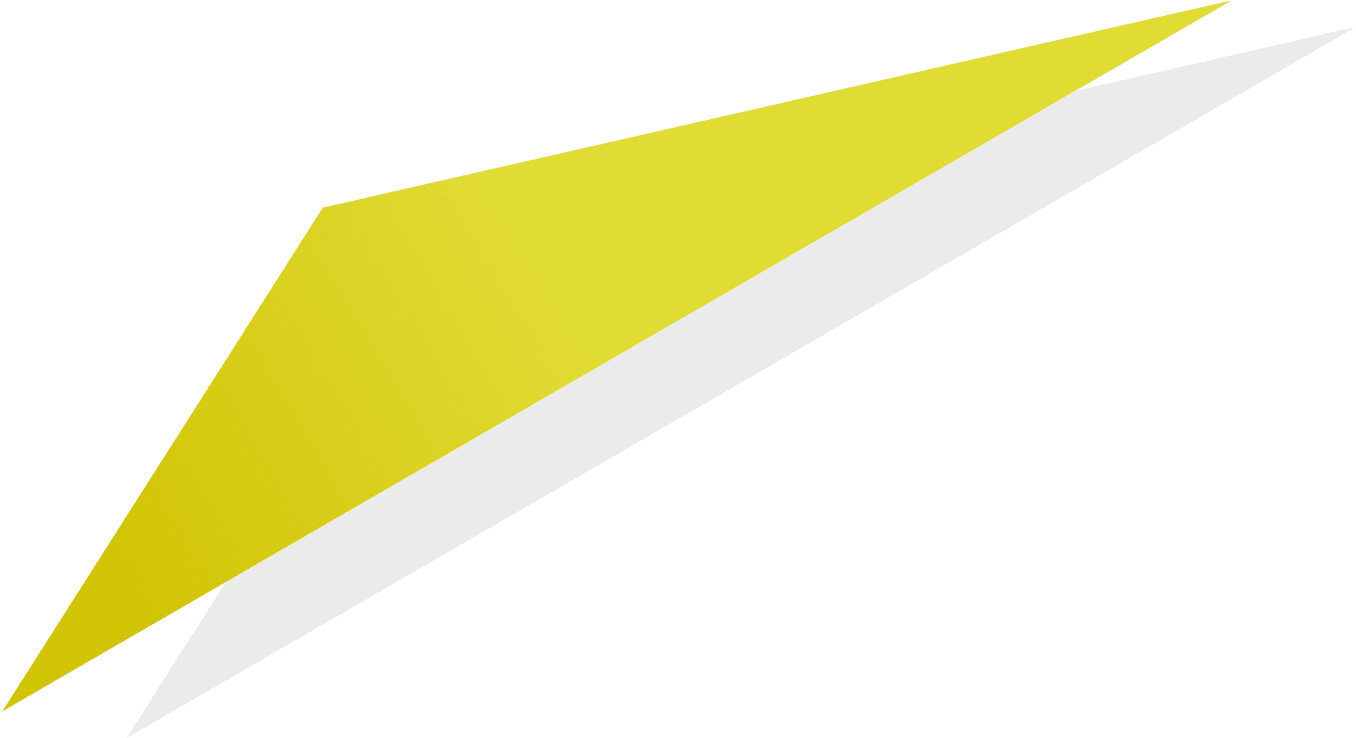Digitisation of the entire clothing store
Employee measurement and sizing (also AI supported), dressing process, customisation, exchange & replacement management, repair, laundry & reprocessing, maintenance, undress & return management
Management of protective equipment
Guarantee and documentation of occupational health and safety regulations, set of rules with mandatory parts, individual parts management, implementation of individual or group-related equipment profiles, lifecycle tracking with maintenance and test intervals, washing & wear cycle tracking
High Transparency for All Processes
e.g. clear employee profiles with warning levels (e.g. for missing parts or overdue maintenance), controlling evaluations for ordering behaviour, cost control across all cost centres, cost distribution and visibility of capital commitment in real time
Corporate Fashion for companies
Individual staff self-service or decentralised order management in units, budget & cost control, individualisation of parts (pilot stripes, unit badges, etc.) up to customised clothing, mapping of team structures with units, team leaders and release rules
Asset-Tracking und Life-Cycle-Management
Including security-relevant goods such as firearms, goods with a defined maintenance or inspection cycle such as fire extinguishers and medical cases, or items with a high value or central importance. Possible tracking technologies: Barcodes, RFID, etc.
Sustainable Resource Management
Second-hand, re-use scenarios, re-use of individualised products, optional inventory planning, reprocessing such as laundry reduction of disposables, upgrading of recyclable, high-quality, durable goods.
Optimum security of supply
Use of analysis of inventory data, ordering behaviour and other prognostic parameters, determination of the optimal relationship between delivery capability and warehouse capital commitment, multi-supplier strategies, procurement support with product variants, procurement automation
Ensuring Corporate Identity Guidelines
Ensuring with freely selectable rule sets, regional uniforms (e.g.: lowlands are different to mountainous areas), gender, assignment type (gardener vs. chauffeur), cost centre, wearing time management, minimum quantities, showing employees with equipment risk
Ideal textile stock management
Sizes, made-to-measure parts warehouse (individual part recognition and management), customisable parts (pilot stripes, sleeves 2cm shorter on the left), optional stock disposition, multi-level warehouse concepts, warehouse outsourcing to logistics companies, optimised availability



















